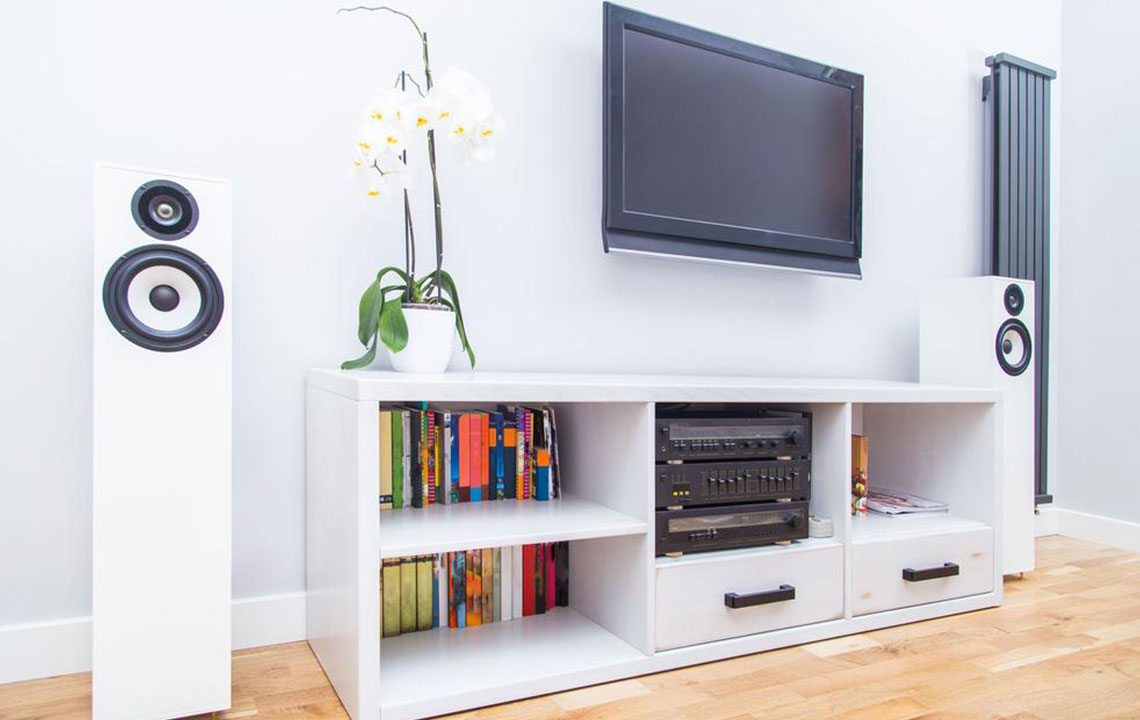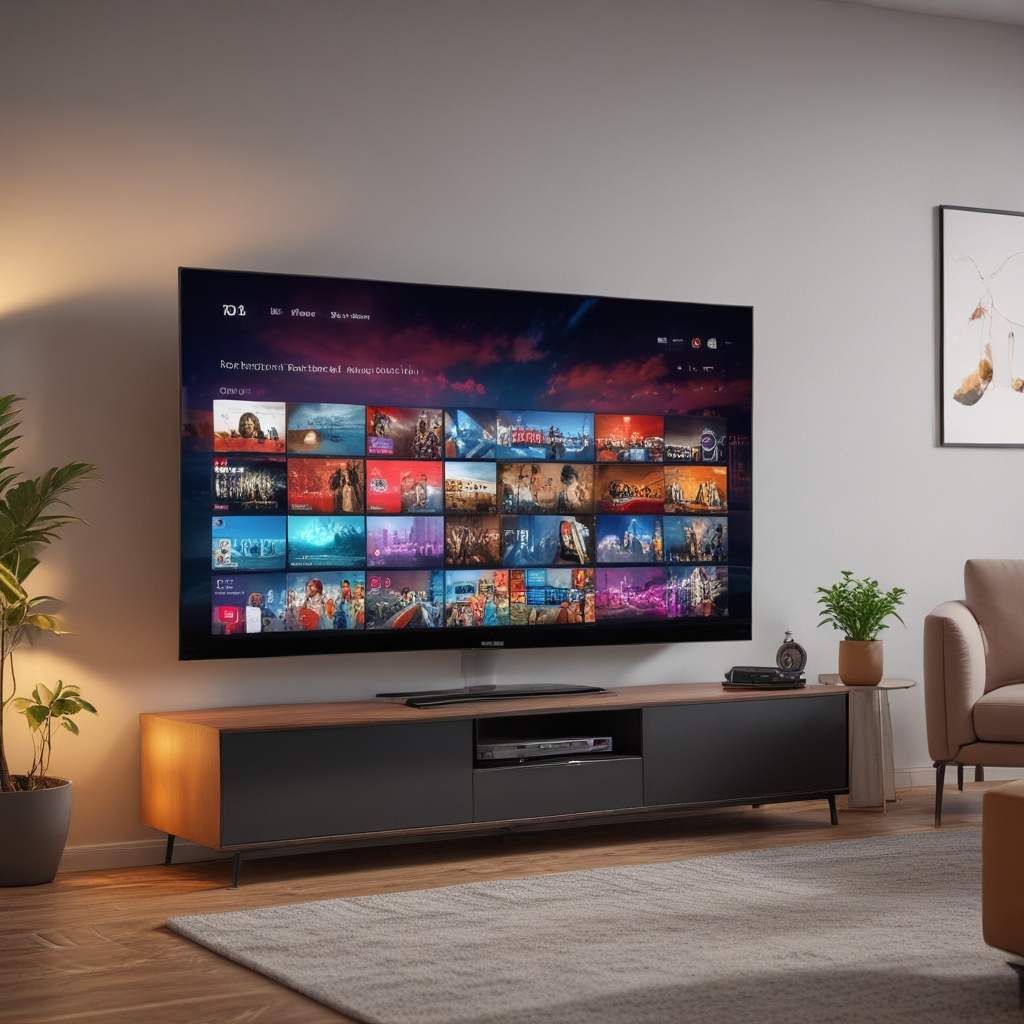Advancements and Future Trends in Modern Audio Technology
This article explores the comprehensive evolution of modern audio technology, from early mechanical devices to cutting-edge digital and streaming innovations. It discusses historical milestones, recent advancements, and future trends that are shaping the way we experience sound daily. Learn about how innovations such as high-fidelity formats, wireless connectivity, and immersive audio technologies continue to enhance our entertainment and communication experiences.

Exploring the Evolution and Future Directions of Modern Audio Technology
In today's digital age, audio technology has become a fundamental pillar of entertainment, communication, and everyday life. From portable devices to sophisticated home theater systems, innovations in audio equipment continue to revolutionize how we experience sound. Understanding the history, current advancements, and future trends of modern audio technology provides valuable insights into this dynamic industry.
Modern audio systems are not just about playing music; they encompass advanced features like noise-canceling microphones, spatial audio, high-fidelity sound reproduction, and seamless connectivity. These features are a result of decades of technological evolution, driven by the relentless pursuit of enhanced audio quality and user convenience.
Tracing the history of audio technology reveals a remarkable journey. The earliest devices, such as the phonograph invented by Thomas Edison in the late 19th century, laid the groundwork for sound reproduction. These devices used mechanical means to produce audible sound from engraved grooves on wax cylinders or discs, offering the first method for recording and playback of audio content.
As technology progressed, magnetic tape recorders and cassette tapes emerged, allowing users to record, store, and replay audio with greater flexibility. The advent of stereo sound in the mid-20th century served as a significant milestone, providing a more immersive listening experience. The introduction of stereo systems revolutionized home entertainment, making it more engaging and realistic.
With the rise of digital technology in the late 20th century, the industry experienced a transformation. Compact Discs (CDs), introduced in the 1980s, allowed for high-quality digital sound storage, vastly improving clarity and durability compared to analog media. The convenience of digital storage also enabled extensive music libraries to be stored on small, portable devices, making music more accessible than ever before.
Further advancements included the development of MP3 technology, which compressed audio files without significant loss of quality, enabling easy storage and transmission of music over the internet. As internet speeds increased and streaming technology evolved, platforms like Spotify, Apple Music, and others transformed how users consume audio content. These streaming services offer instant access to millions of songs, podcasts, and other audio formats, removing the need for physical media altogether.
Recent innovations focus on enhancing audio quality and user experience. High-resolution audio formats, wireless earbuds, and smart speakers equipped with artificial intelligence have become mainstream. Active noise cancellation in headphones enables immersive listening experiences, while spatial and 3D audio technologies create a more realistic sound environment, especially for gaming and virtual reality applications.
Moreover, the integration of voice recognition and control through devices like Amazon Alexa, Google Assistant, and Apple Siri has streamlined user interaction with audio systems. Wireless technologies such as Bluetooth and Wi-Fi have made it possible to connect multiple devices effortlessly, providing seamless multi-room audio experiences within homes or workplaces.
Looking ahead, the future of audio technology will likely focus on personalized sound experiences, leveraging AI and machine learning to tailor audio content to individual preferences. The ongoing miniaturization of components and advancements in battery technology will enable even more portable and discreet devices. Additionally, innovations such as holographic audio and advanced spatial mapping will push the boundaries of immersive sound experiences, opening new possibilities for entertainment, education, and communication.
In conclusion, the evolution of audio technology reflects humanity’s persistent quest for better, more immersive sound experiences. As innovations continue to unfold, both consumers and industries will benefit from higher quality, more accessible, and more intelligent audio solutions that redefine our interaction with sound in everyday life.





